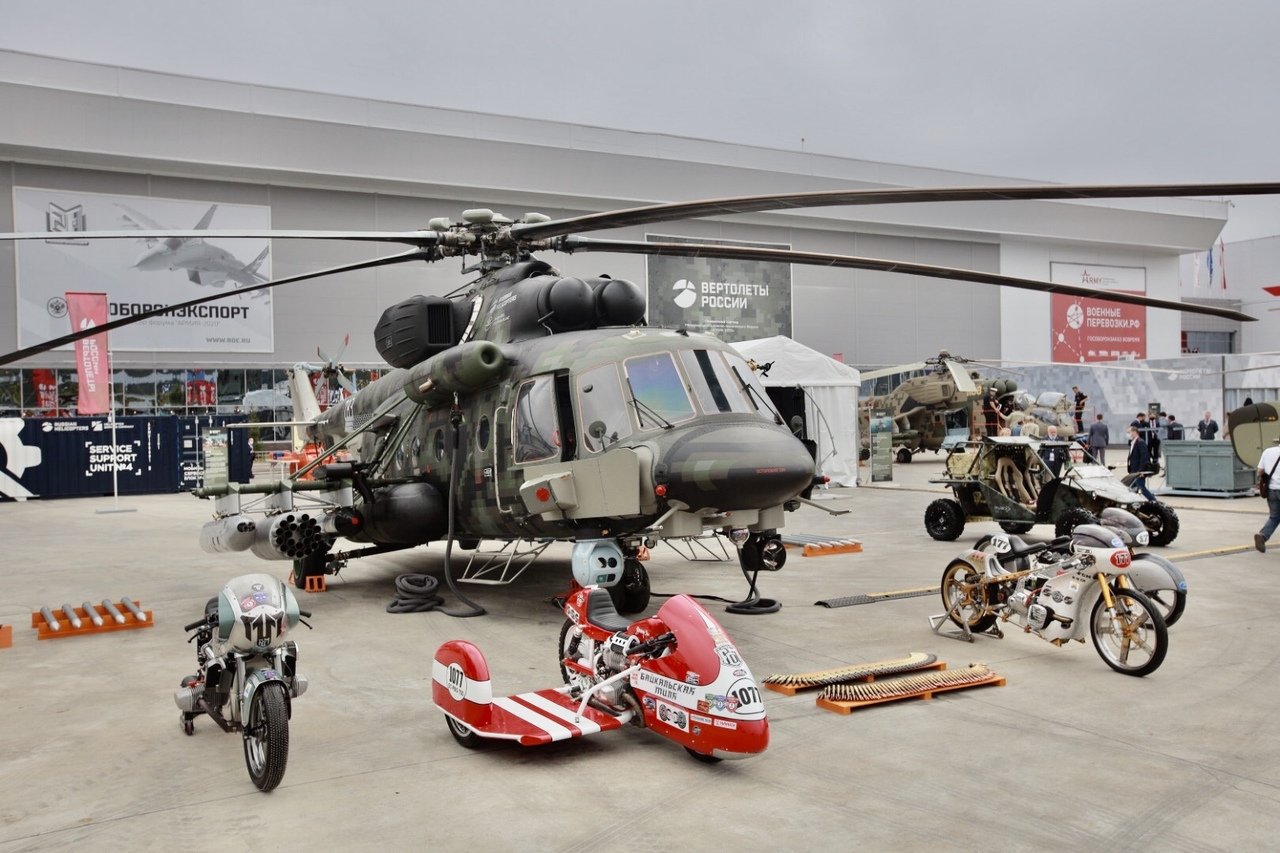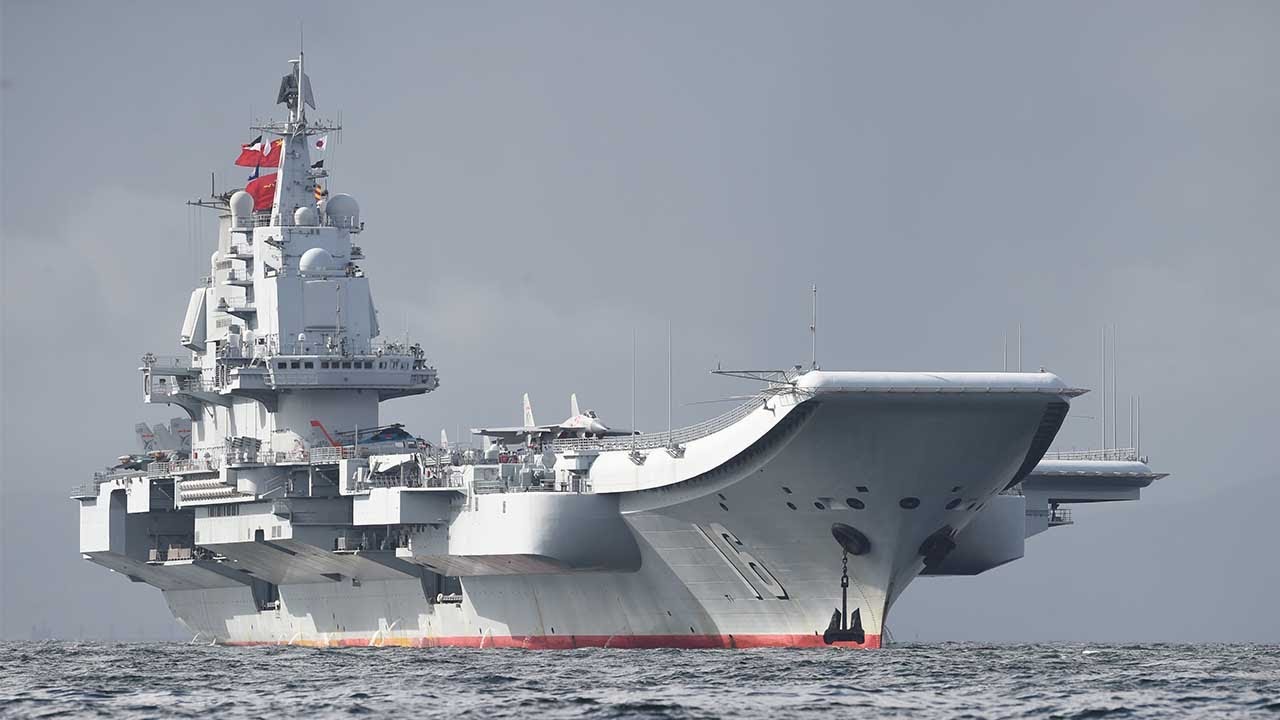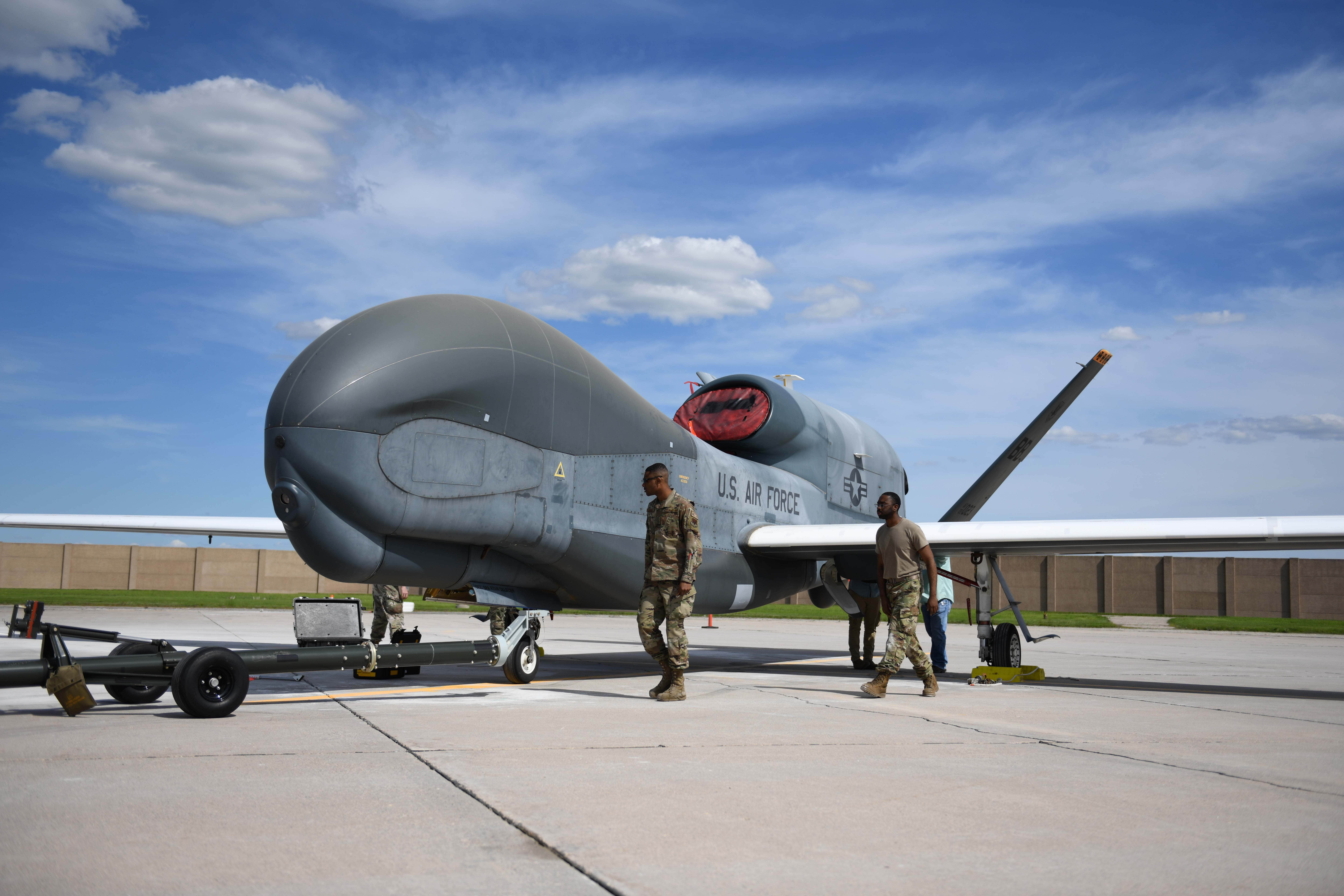
The US Air Force (USAF) is testing new technology to determine if a C-130J Super Hercules transport aircraft can be flown autonomously.
Aviation technology firm Merlin Labs said it has reached a deal with the USAF to support the trial of its commercial autonomous pilot technology mounted on the tactical transport plane.

The software can reportedly steer and maintain an aircraft’s course in flight, even in turbulence and harsh weather conditions.
It can also conduct autonomous takeoff and landing.
The company explained that the tech would allow for reduction in crew aboard the Super Hercules since pilots will no longer be needed.
However, the software would not be able to detect obstacles, such as birds in the sky or cars on a runway.

Reliance on Computer Algorithms
The move to integrate autonomous pilot technology on military planes comes as the service continues to experience a shortage in pilots.
It is also due to a USAF effort to increase its reliance on computer algorithms to reduce the number of crew on aircraft during missions.
However, the initiative has been met with swift criticism. One social media user said that the idea is “terrible” because the flight deck is designed for two qualified pilots.
“In an emergency, you need both of them up there,” another commenter said.
But Merlin Labs CEO Matthew George quickly provided an explanation to Military.com, saying that having autonomous technology would allow more flexibility for pilots to fly other, more crucial missions.





